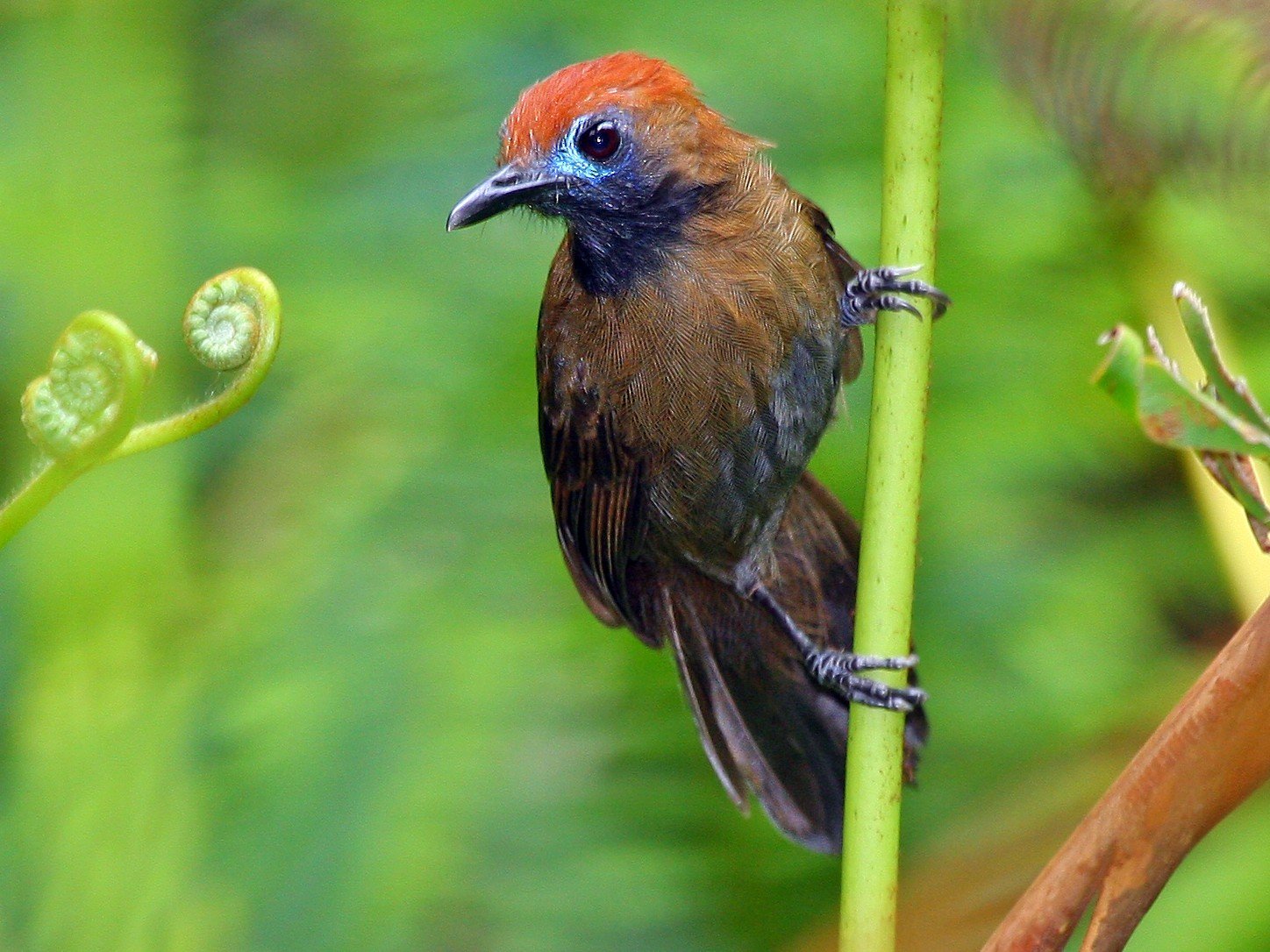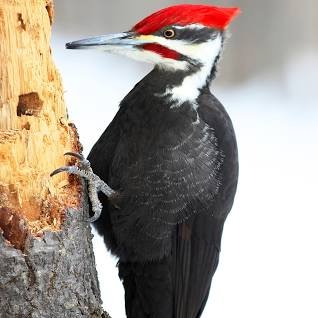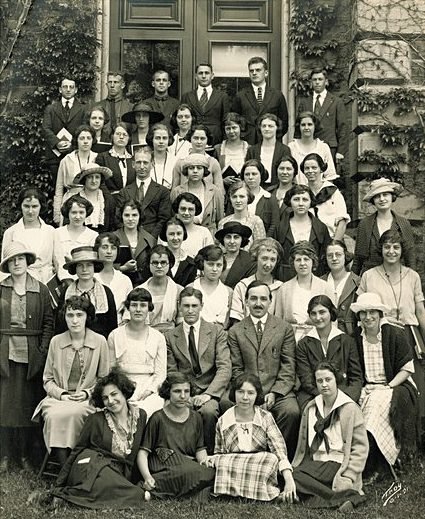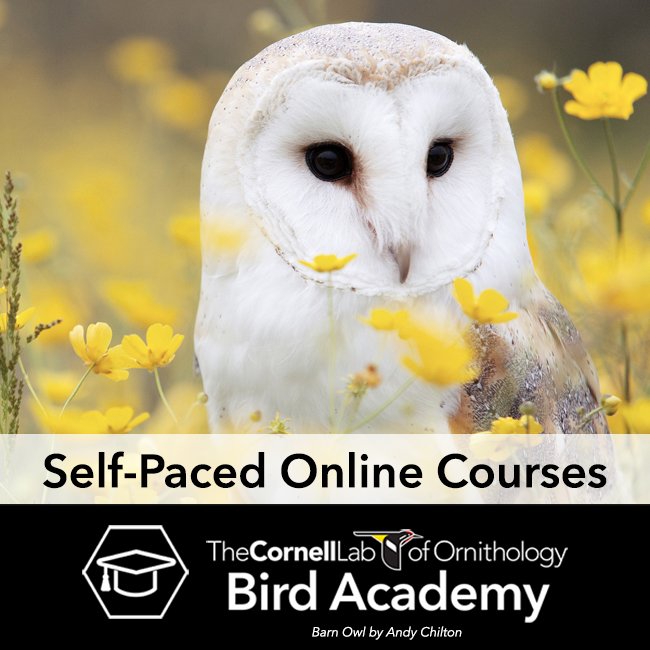KEEPING A WATCH ON BIRDS
EARTH, FEB. 18, 2023 — Looks like another bad hair day for the planet. War is raging in Syria and Ukraine. An earthquake rocks Turkey, a cyclone hits Madagascar. A half-ton meteor lands in South Texas. But there is hope.
“Hope,” wrote Emily Dickinson, “is the thing with feathers.” And again last February, feathered hope sprang eternal during the Great Backyard Bird Count.
Each mid-February since 1998, bird lovers around the world have picked up binoculars and laptops to take a worldwide bird census. The numbers are as impressive as an eagle in flight.
Last year, nearly 400,000 bird watchers in 192 countries spotted 7,099 different species of our so-called feathered friends. That added up to about 3/4 of all known varieties, catalogued in just four days. The annual count is another stroke of genius from Cornell University’s “Lab of O.”
Every university has labs. Labyrinthine caverns stocked with tubes, tech stuff, and super smart people in white coats, labs usually exclude the rest of us. Try accessing the ornithology lab at Harvard. Try telling them what birds you saw in your backyard yesterday.
But Cornell’s Lab of Ornithology has opened its doors, and its websites, to welcome all birds and the “birders” who love them. With innovative programs, apps, and a devotion to “citizen science,” Cornell’s lab has earned an “international level of acclaim and academic respect and appreciation for its work studying birds and paving the way for current and future global conservation efforts.”
Maybe you take birds for granted. Maybe you can’t tell a Fluffy-backed Tit Babbler from a Piliated Woodpecker. Okay, be that way. But Cornell’s lab can teach you a thing or two.
Because America’s oldest ornithology lab, founded in 1915, is now its most modern. Reaching beyond its Ithaca, NY headquarters, the Lab of O is now open on every phone, tablet, and laptop around the world. And the world is watching.
So while the lab has 250 bird experts onsite, its Ebird.org catalogs the observations of some 900,000 members weighing in from every continent. Ebird’s live map shows the latest sightings as they occur.
Flash — there’s a bird spotted in Minnesota. Flash — there’s one from Scotland. Costa Rica just submitted, and (wait for it. . .) there’s a bird in Arizona, another in Italy, Greece, New Mexico. . . All this raw data is catalogued and packaged online to contain everything you want to know, plus photos and songs, about 10,714 species of birds, pretty much the whole menagerie.
But maybe you think birds are boring. Maybe all bird songs sound the same to you. That’s where Merlin works its magic.
The Lab of O’s newest app, Merlin employs artificial intelligence as a bird detective. Step into your backyard. Open Merlin on your phone. Tap the record button. Suddenly every hoot, tweet, and throaty gargle comes alive as Merlin tells you which bird is saying what.
Scree-chee-scree — there’s the Cedar Waxwing. Swee-scrit-veero-veero — that’s a Veery. And that incomprehensible titowee teera-teera — that’s a Carolina Wren, and here’s a photo. Right in your own backyard!
Alas, the Lab of O’s numbers reveal sad truths. While spring is not yet silent, the “dawn chorus” is not what it used to be.
Chimney swifts have lost half their population since 1970. Owls are not on the prowl like before and terns are in big trouble. On the other hand, bald eagles, trumpeter swans, and certain parrots are on the rise. Along with stats, the lab’s online maps show you exactly where each bird is surging or in decline. These days, you don’t have to be a canary in a coal mine to be a harbinger.
“Birds are becoming kind of a signal of local changes, as well as regional and continent-scale changes,” says lab director John W. Fitzpatrick. And once armed with bird counts, the Lab of O takes action, working with the Audubon Society and wildlife sanctuaries to preserve habitats and revive endangered species.
Though some birds are endangered, bird lovers are thriving at the Lab of O. Using social media that gives new meaning to Twitter’s “tweets,” the lab links birders across continents. The lab’s social media sites have 800,000 likes on Facebook, nearly 200,000 followers on Instagram and another half-million on Youtube.
Beyond watching, the lab offers online tutorials. Birds of the World, Bird Academy, Birds of Paradise Project, Inside Birding Series, all might make a bird nut out of anyone, even me.
“Everyone likes birds,” British naturalist David Attenborough noted. “What wild creature is more accessible to our eyes and ears, as close to us and everyone in the world, as universal, as a bird.”
So if you need a little hope, listen up. Watch. Count. Poo-tee-weet!


















